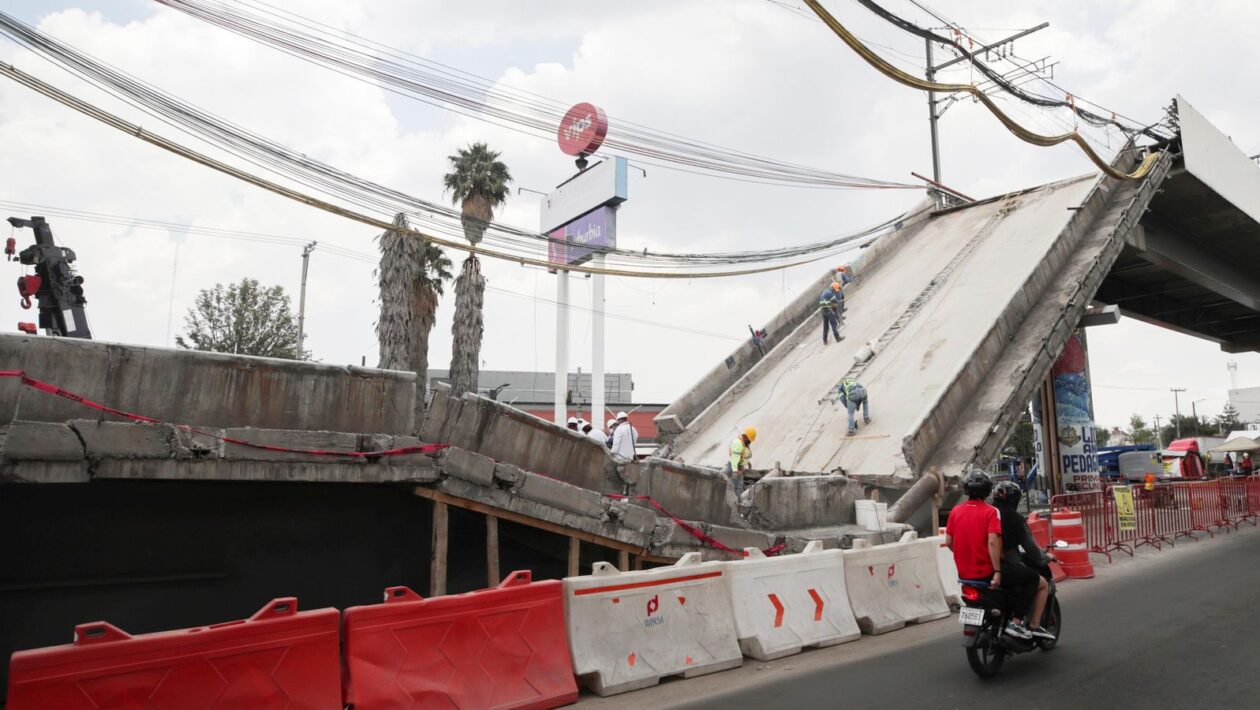[ad_1]
Data collected on Uber drivers’ smartphones could help monitor bridges and stop them from collapsing, a new study suggests.
Collecting drivers’ GPS location and acceleration data – both automatically recorded by ridesharing apps like Uber – give structural engineers key insights into a bridge’s health, according to the research.
It would provide them with almost constant real-time monitoring of a bridge’s robustness and potentially reduce the number of deadly collapses.
The study, led by Dr Thomas Matarazzo, associate director of the US Military’s Center for Innovation in Engineering, comes after 143 people died when a footbridge in the Indian state of Gujarat collapsed last Sunday.
The 230ft (70m) bridge had been recently renovated and only reopened to the public the week before.
It gave way because it could not handle the number of people on it, officials told Press Trust India at the time.
Other recent large-scale bridge collapses include a metro bridge in Mexico City in May 2021 that killed 26 people and the disaster at Ponte Morandi in Genoa, Italy in August 2018, which left 43 dead.
Dr Matarazzo’s study saw researchers drive across the Golden Gate Bridge in San Francisco 102 times using iPhone 5s and 6s to record their movements.
Data was then collected from 72 Uber bridge trips as drivers went about their daily business.
Bridge inspections usually done by eye – not data
According to the study: “Modern bridge condition assessments are based on field inspection notes from visual inspections rather than large digital datasets – a paradigm that severely limits the frequency of structural health assessments.”
But using ridesharing data, which can be collected every day, allows structural engineers to accurately measure the low-grade vertical vibrations and twisting that bridges experience in their lifetimes, researchers claim.
They added that with 50% of people using smartphones globally, this could be an easy, free way of helping ensure bridge safety.
And despite the small data set, the authors claim the results were largely accurate.
There have been some privacy concerns around drivers’ data, with experts afraid tech companies are not respecting their employees’ rights.
But some drivers have expressed support for the scheme, saying they are happy to help prevent potentially deadly disasters.
[ad_2]




